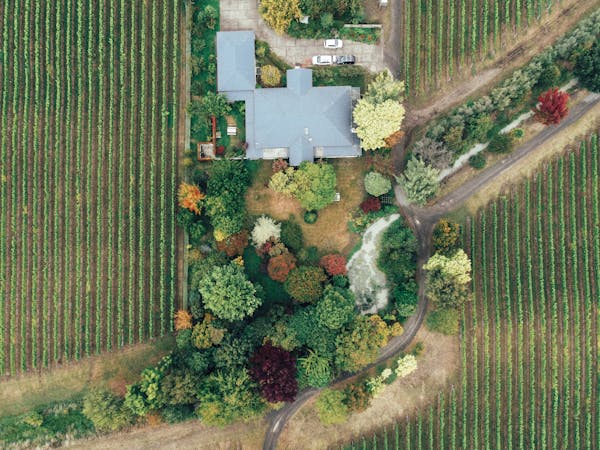Climate-resilient gardening is the smart way to design outdoor spaces that can handle extreme weather—drought, heavy rain, wind, and heat. With climate change making weather less predictable, this approach helps your garden survive and thrive with minimal intervention.
What Is Climate-Resilient Gardening?
Climate-resilient gardening involves selecting plants, materials, and layouts that adapt to climate challenges. It focuses on water conservation, biodiversity, and soil health. By making informed choices, your garden becomes more self-sufficient and environmentally friendly.

Key Strategies for Climate-Resilient Gardening
1. Use Drought-Tolerant and Native Plants
Plants adapted to your local climate need less care and water. Popular options include:
- Lavender, Yarrow, Sedum, Agastache (dry climates)
- Ferns, Hostas, Astilbe (humid/shaded zones)
2. Mulch to Protect the Soil
Mulch regulates temperature, retains moisture, and prevents erosion during storms.
3. Design with Water Management in Mind
- Create rain gardens or swales to manage runoff.
- Use drip irrigation systems.
- Group plants by water needs (hydrozones).
4. Install Shade and Wind Protection
Use trees, trellises, or pergolas to reduce heat and wind stress on plants.
5. Improve Soil Structure
Healthy soil absorbs water better and protects roots. Add compost regularly, avoid chemicals, and plant cover crops in winter.

Climate-Resilient Garden Layout Ideas
A well-planned layout supports climate-resilient gardening:
- Use raised beds in areas prone to flooding.
- Create permeable pathways with gravel or bark chips.
- Include diverse plant zones to reduce pest risk and increase resilience.
Why It Matters: Biodiversity and Pollinators
Climate-resilient gardens benefit local ecosystems. Diverse planting attracts bees, butterflies, and birds—all essential for pollination and balance.
Helpful Resources
- Gardening in a Changing Climate – Low-Maintenance Garden with Native Plants
- USDA Plant Hardiness Zones
- How to Design a Low-Maintenance Garden with Native Plants ← Internal link

Conclusion
Eco-resilient gardening is more than a trend—it’s a responsible and rewarding way to garden in a changing world. By planning for extremes and choosing wisely, your garden will remain strong, beautiful, and eco-friendly in any weather.


